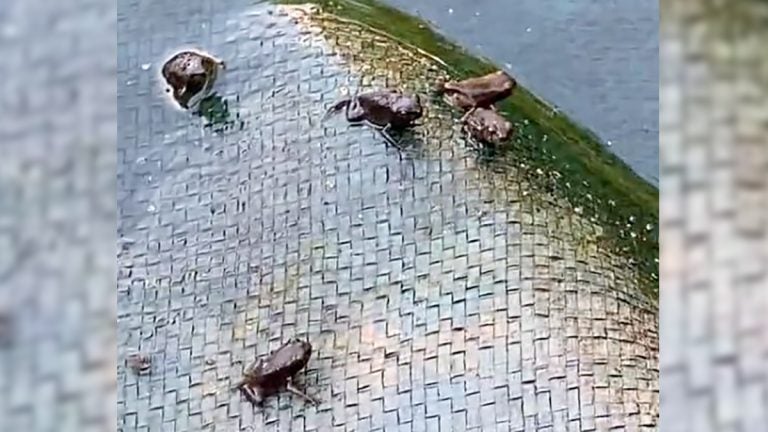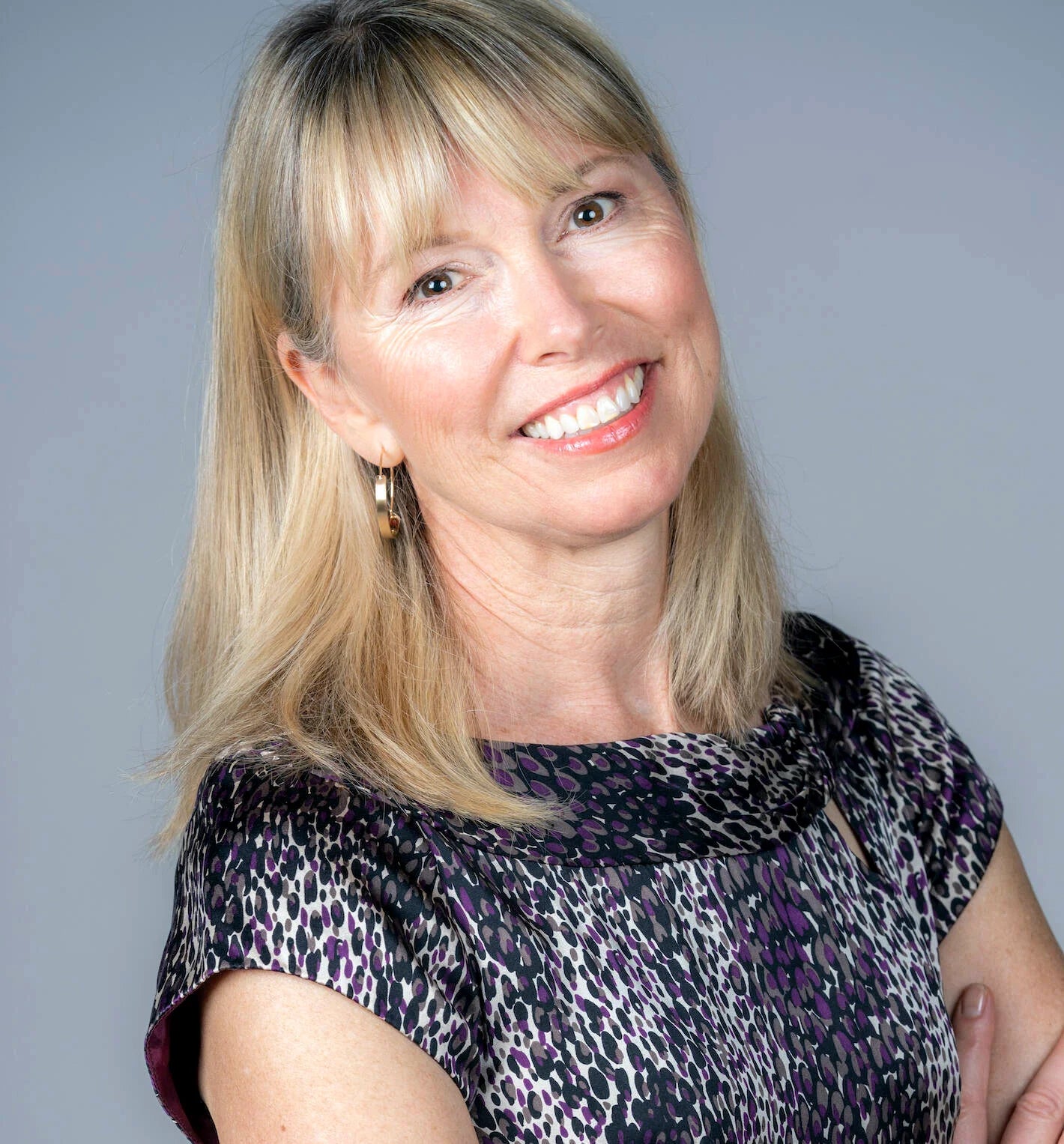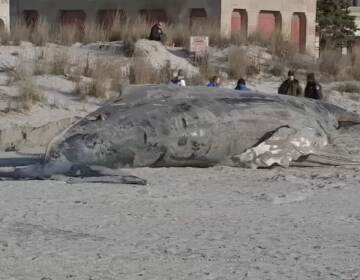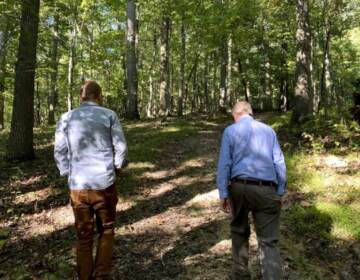How to create a certified wildlife habitat using native plants in your backyard
'Morning Edition' host Jennifer Lynn speaks with Dianne Moore, a health coach who created a certified wildlife habitat with native species.
Listen 5:15
Frogs in the backyard
Imagine creating a certified wildlife habitat — a safe and welcoming environment for native plants and wildlife — in your own backyard.
The National Wildlife Federation offers a checklist of items you’ll need to achieve this: a water source; food; cover from predators; a place to raise young; and a few sustainable practices.
Dianne Moore is a health coach and nature lover. She invited “Morning Edition” host Jennifer Lynn over to explore the special garden she set up around her home in Narberth.
—
It’s the certified wildlife habitat.
Yeah, it is a certified wildlife habitat and a pollinator pathway.
I want to walk in the pathway. Show me the way. So we’re in the backyard, and it’s a beautiful time of year, your grass is green, the peonies are out. I see stuff growing in the garden. You have not opened a really nice pool that I imagine you get to enjoy in the summer.
Yeah, no, we haven’t opened it. And I’m going to show you, we have tadpoles on the cover of our pool, and you may actually hear the frogs, but I’m going to show you if you look in the wall.
Yeah. Oh, my gosh. It’s got to be thousands of tadpoles.
Yeah. And they are getting close to starting to create their legs.
Oh, there’s a frog! He or she has a lot to say.
They do. And really when it rains, as it gets dark, our neighbor has a pool, so you can hear the call-and-response kind of thing going on back and forth.
I think it’s called mating, or friendship.
Well, mating clearly happened because we have all the tadpoles in our yard. We have dragonflies and different kinds of insects that come here. Then two days ago, we had a male-and-female partnership duck situation going on here as well. And they were, I think, feeding on some of the tadpoles.
Here’s our friend [the frog] again. So we got the tadpoles, we got the frog, you had the visiting ducks, you have some beautiful greenery back here. I see a lot of ferns. You have rhododendron.
Digitalis and everything grows really well. And it provides a lot of cover for chipmunks and moles and voles and squirrels and little bunnies and, of course, frogs, as we can hear. We’ve been practicing organically since we moved here, and we’ve been trying to add more native plants to the landscape over the last five or six years, and we compost. You can’t see the compost bin, but it’s back in the corner.
Let’s go look at the compost bin. I like a good compost bin. I have one.
We’re opening the bin now. Be prepared for bugs.
Oh, did you shred some paper?
Yeah.
And there’s rinds from cantaloupe and there’s all these little flying things. Oh, there’s a mushroom in there. See that great mushroom?
Yeah. Oh yeah.
Nice, nice healthy stuff in there.
I’m glad you like it. You are a rare breed, Jennifer.
This stuff doesn’t scare me. Well, you must be tickled because you’re doing something so nice. And I’m sure throughout the year there’s always some new treasure to discover.
I love thinking that this is really wildlife-friendly, because we are all dependent upon each other in the world. So knowing that this is a place where wildlife can thrive makes me feel like we can eat safely from our garden. Things are safe here for us as well.
Thank you for this lovely tour.
Thanks so much for coming and for being interested in this. This is great.
—
Diane Moore is a health coach. She lives in Narberth, and she has created a certified wildlife habitat in her own yard.
WHYY is your source for fact-based, in-depth journalism and information. As a nonprofit organization, we rely on financial support from readers like you. Please give today.





